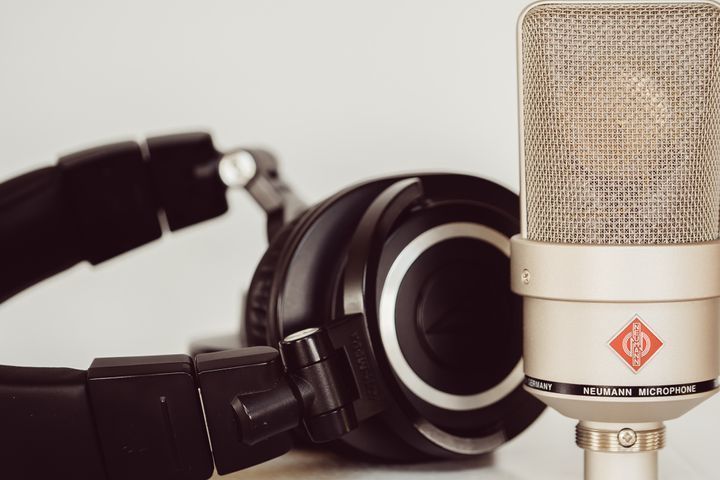Decoding On Hold Messages: Unveiling Key Metrics and Analytics

In the realm of customer service, every moment of interaction holds potential.
From the initial greeting to resolving queries, each touchpoint shapes the customer's perception of a brand.
However, one often overlooked aspect of this journey is the time spent on hold.
It's the auditory limbo where customers await assistance, a moment ripe with possibilities for businesses to engage, inform, and even upsell.
But how do we measure the impact of these fleeting moments?
Enter the realm of on hold message analytics.
Understanding the Landscape
Before delving into metrics, let's grasp the landscape.
On hold messages serve multifaceted purposes.
They can alleviate frustration, provide valuable information, reinforce branding, or even promote products and services.
But to harness their potential effectively, businesses need to quantify their impact.
Key Metrics at a Glance

Hold Time Duration:
The fundamental metric, indicating the average time customers spend on hold.
Shorter durations generally correlate with higher customer satisfaction.
Abandonment Rate:
The percentage of callers who disconnect while on hold.
High abandonment rates signal dissatisfaction or impatience and require immediate attention.
Message Engagement:
Tracking whether callers actively listen to on hold messages or opt for silence or background music provides insights into message effectiveness.
Message Retention:
Assessing callers' ability to recall information conveyed during on hold messages gauges their effectiveness in communicating key details.
Call Completion Rate:
The percentage of calls successfully completed after being placed on hold.
Low completion rates may indicate issues with hold experience.
Advanced Analytics Techniques
Content Analysis:
Leveraging natural language processing (NLP) to analyze message content and understand its impact on caller behavior and sentiment.
A/B Testing:
Experimenting with different message scripts, tones, and lengths to identify the most effective messaging strategies.
Segmentation:
Analyzing on hold message effectiveness across different customer segments to tailor messages for specific demographics or preferences.
Conversion Tracking:
Monitoring whether on hold messages lead to desired actions post-call, such as purchases or service inquiries.

Case Studies in Action
Retail:
A clothing retailer implements on hold messages promoting ongoing sales and exclusive discounts, resulting in a 15% increase in sales inquiries during peak periods.
Healthcare:
A dental clinic utilizes on hold messages to educate patients about new services and preventive care tips, leading to a 20% decrease in missed appointments.
Hospitality:
A hotel chain incorporates on hold messages highlighting local attractions and amenities, contributing to a 10% increase in room bookings from phone inquiries.
Maximizing Potential Through Analytics
On hold messages are not just auditory placeholders; they are strategic touchpoints in the customer journey.
By leveraging key metrics and advanced analytics techniques, businesses can unravel their impact, refine messaging strategies, and ultimately enhance customer satisfaction and engagement.
In this dynamic landscape of customer experience, every moment—no matter how brief—presents an opportunity to leave a lasting impression.
Related Posts

Professional Voice Over Trends To Keep An Eye On This Year
Can we still trust voice over trends in 2022 after such an unpredictable year as 2021? The short answer: yes, we can. Although change is in the air, the pandemic context has outlined a few well-marked patterns regarding professional voice overs. In this article, we’re going to go through the most prominent trends for voice overs in 2022, whether we’re talking about on-hold messages, narrations, or generic professional voice over recordings. Ready? Let’s begin.

The Power of a Voicemail Message Creator
Effective communication is key to success in any business. Whether you're a startup entrepreneur or a seasoned business owner, every interaction with clients or partners leaves an impression. One often overlooked aspect of communication is the voicemail greeting.

Hold Music: Why Your Business Should Entertain Customers While On Hold
There will hopefully come a time when your business is so busy that you’ll have to ask customers to wait on hold. Maybe this is already happening at your business, either way, you should add some hold music, or an on hold message to entertain your customers as they wait. Customers that wait on hold with music or another message are more likely to stay on the line than those who have to listen to silence.




